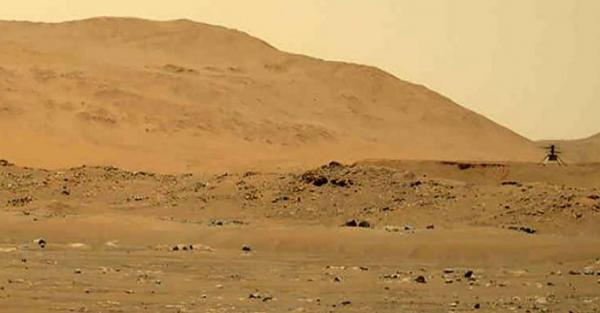The find in Indonesia is a young woman buried in the position of an embryo
Archaeologists have found in Indonesia a 2,700-year-old skeleton of a female hunter-gatherer from a human group not yet identified anywhere else in the world, AFP reported, citing a publication in Nature magazine.
The relatively well-preserved skeleton is of a young woman aged 17-18, buried in the position of an embryo in the Leang Paning Cave on the island of Sulawesi.
The skeleton was found among artifacts identified as belonging to the Toalean culture – a group of hunter-gatherers who inhabited this region during the Quaternary period. Almost nothing is known about the tribe. Scientists have for the first time discovered a skeleton of its representative.
DNA analysis of the female hunter-gatherer reveals that she was part of a population group associated with Papuans and Australian Aborigines. However, its genome is also associated with a human lineage that is not known anywhere in the world.
The study, published in the journal Nature, is the result of collaboration between international and Indonesian researchers, following excavations that began in 2015.
“Ancient human DNA was first discovered in the large island region, which stretches from the Asian continent to Australia,” said Adam Broome, one of the study’s co-authors at Griffith University in Australia. This area, called Wallacea, includes the Indonesian islands east of Borneo to northern New Guinea.
Researchers consider the find even more unique, as ancient skeletons decompose rapidly in humid tropical climates.
“Remains of ancient human DNA are very rare in the tropics, which is why we are talking about a particularly happy discovery,” said Adam Broome.
The present study challenges previous theories of human settlement in the region. “It shows how little we still know about the history of the first people of the Wallacea Islands,” the archaeologist added.
–


